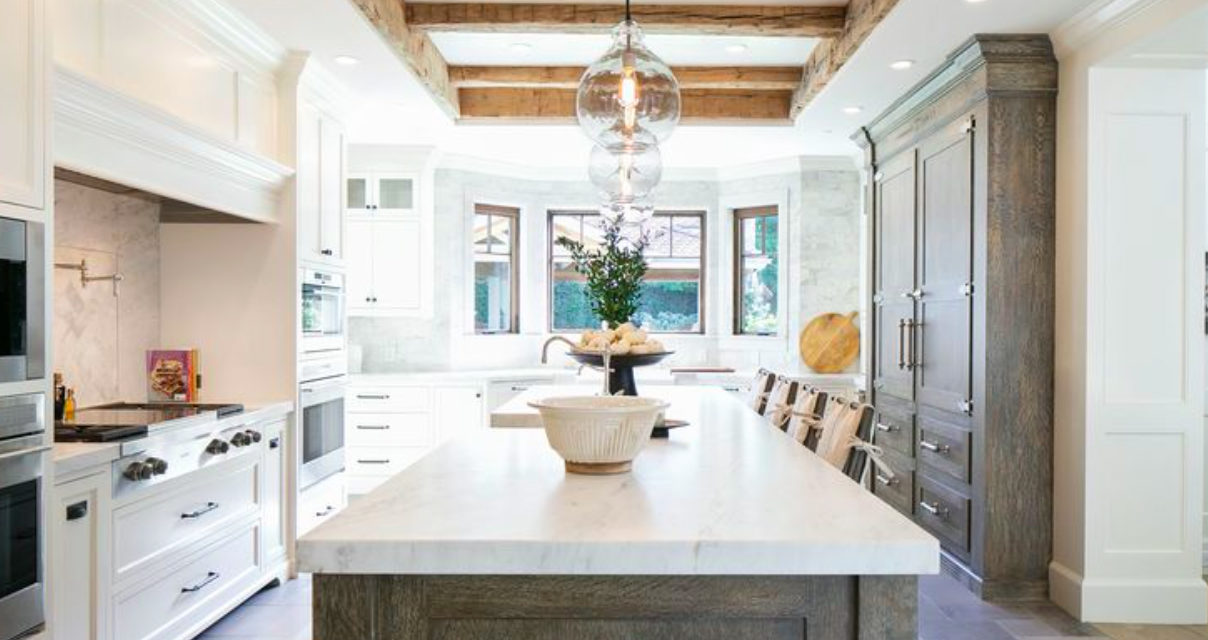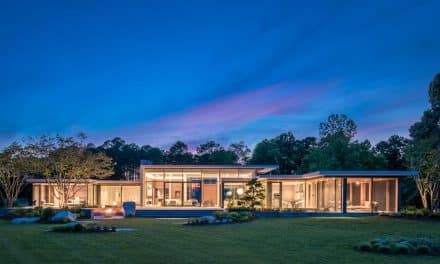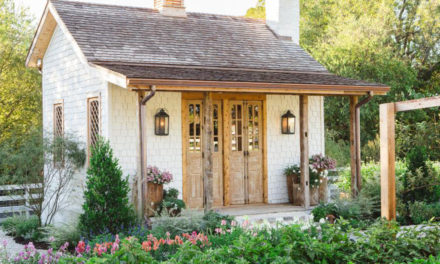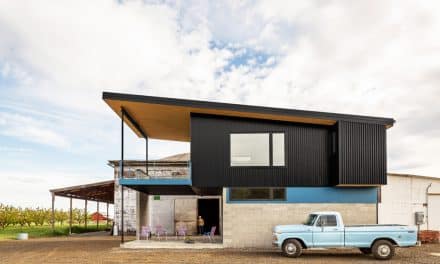Getting Started
Starting a project is a challenge. It’s sometimes even harder than finishing it. There are so many things to think about because a home improvement project is filled with complexity. So, we recommend that you start simply, focusing on these three fundamental, building blocks to make your project a success. Starting here will help you create the foundation for your project and make moving forward a breeze…well, hopefully.
Design by Kelly Knutt Design
First, Identify the “Real” Project
In order to solve any challenge (and design should be considered a challenge), it is imperative that you correctly identify the problem (or, in most cases, problems) you are trying to solve. We equate this to a doctor making a correct diagnosis and understanding the root cause of the illness versus treating the symptoms.
Be sure to cure the disease and not just treat the symptoms. What is the root cause (or reason) for you taking on this project? Sometimes, it’s very clear (my kitchen is ugly and I cannot stand to look at it for another day). Other times, it’s not clear (my kitchen just doesn’t work right, something is wrong). Spend time to understand why you really need this change.
Second, Identify and Set Your Priorities
This is the time to really identify what is most important for your project to be a success. A list of priorities helps establish goals that can be reconciled with your budget.
Everybody starts their home improvement projects with dreams and goals. You’ve done the research and have seen and been inspired by how others have transformed their home into something special. You continuously make a list of the items you want to include in your design. That list is long. So, it’s time to get real and separate your wish list into three categories:
- Need to Succeed -These are the things that need to go into the project in order for it to be a success. Without these things there is no reason to do the project in the first place.
- Love to Have – These are the items that would make the project even better and satisfy some deeper wishes.
- Icing on the Cake – These are the things that you have dreamed about, but you know they might be a reach. If you can get them, awesome. But, if not, no problem.
These priorities can now help you make decisions on the design and ultimately, the project budget. It’s sometimes a tough call, but be honest with yourself to avoid some pitfalls.
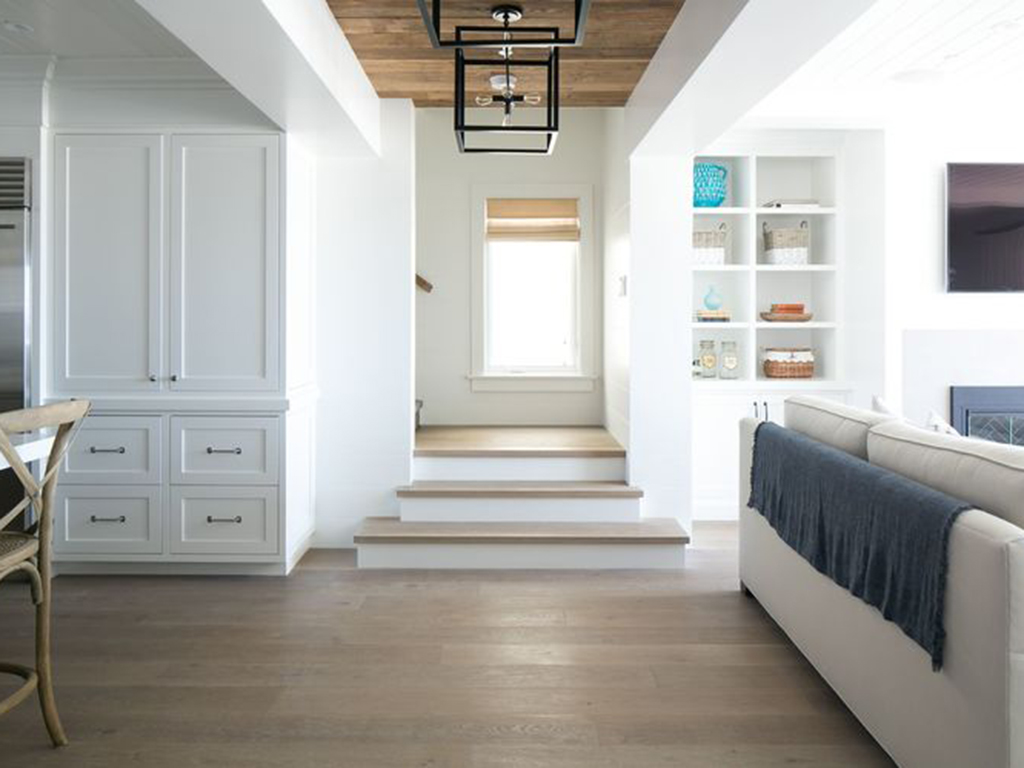
Design by Kelly Knutt Design
Finally, Identify Your True “Style”
We all have unique perspectives on how we look at design and style. Some of us prefer clean, simple, modern spaces, while others may prefer floral patterns, grandma’s floor lamps, and gold flocked wallpaper. You need to understand your (and your family’s) true design style – one that will make you happy for years to come.
Be careful. Following trends or being influenced by others, can lead to heartache down the road. You need to identify the style that is genuine to who you are. Hint: most of us find beauty in things we are striving to achieve in our lives. For example, if our days are complex, hectic, and crazy, then we will most likely find beauty in things that represent calm and serenity. Homes can work to fill the voids in our daily lives.
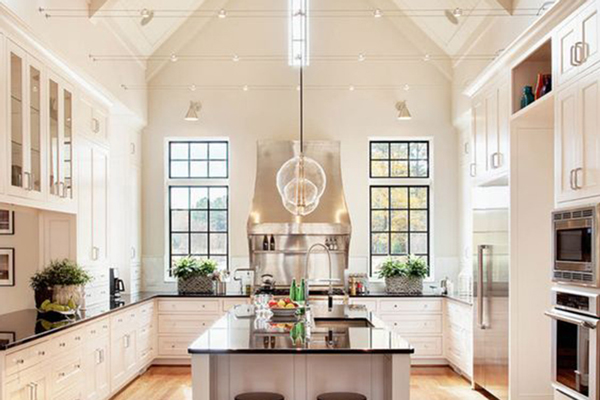
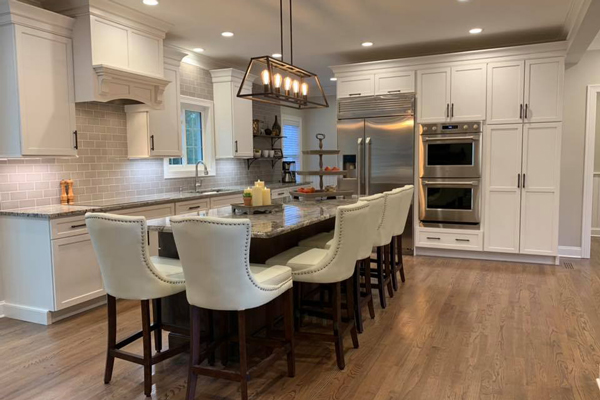
Design by Design House Interiors
The design styles that we are attracted to reflect what we, as individuals, find to be be beautiful. For each of us that is unique. It is easy to get caught up in following trends. In the long run, we need to know our true Design DNA. Once we understand this, we can be sure to make choices based on what will make us happy for years to come!

Planning Early Will Save You Money
Starting a project without understanding these three things can lead to disaster, indecision, late changes, increased cost, longer schedules, and added stress in your life. By identifying your problem, defining your priorities, and knowing your “style,” your project will have a foundation. All project decisions will be based around this knowledge, helping you develop a successful project.
We will be posting additional information in the upcoming weeks to help you learn how to:
Identify your Unique Design Challenge
Prioritize Your Wish List
Identify Your True Design Style – We Call it Your Design DNA
Credit: Opening image Design by Kelly Knutt Design

